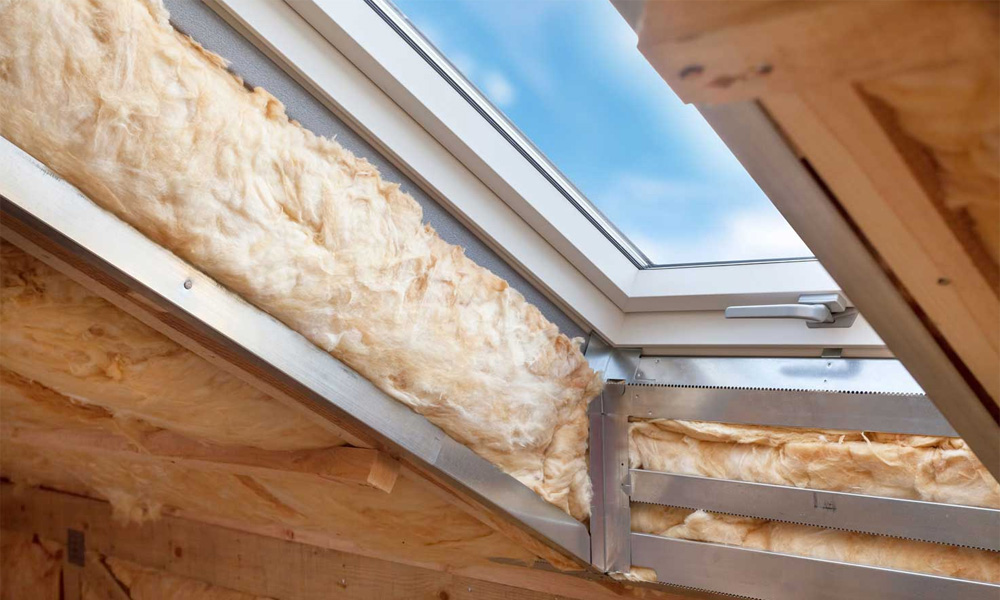
Home builders and owners are always looking for ways to be more environmentally conscious, especially as we as a society become more aware of the impacts of climate change. One way to mitigate our impact on the environment and reduce the cost of home ownership is an energy-efficient roof. While you may not think about your roof or its function often, in reality your roofing installation can conserve energy and reduce your energy costs significantly. Ensuring your roof is property installed and well-maintained is critical to reducing your energy use – insulation, ventilation, and even shingle colours and roofing structures can have a significant impact on energy costs. Let’s take a closer look.
Insulation
During roof installation or replacement, reviewing the insulation below your roof is always a good idea. Effective insulation prevents energy loss through the roof (either through heat escaping during the winter or entering your home during the summer) and can also improve the lifespan of your roof. Ultimately, roofing insulation is an extra barrier to outdoor elements that can reduce thermal transfer from indoors to outdoors. In fact, upgrading your attic insulation doesn’t need to wait for major roofing repairs – you can do it any time and start saving money on your energy bills, not to mention the positive impact on the environment.
Ventilation
Proper ventilation is very important when it comes to the quality of your roof. Insulation is your barrier to outside elements and helps to keep things warmer in the winter months, but ventilation serves an important role in the summer. Not only does proper ventilation prevent heat from being trapped indoors during hot months, improved airflow prevents your attic from heating up while also helping to protect roofing structures for a more durable roof. Plus, better ventilation helps reduce cooling costs during the summer months.
Shingles and Structures
Roofing shingles can make a huge impact on home heating. Compare the feeling of wearing a black shirt or a white shirt in the summer – dark colours hold heat while light colours reflect heat. You can use these principles when choosing your roof shingles so that you can reduce energy use and costs. Still, the shingle solution is about more than just dark roofs absorbing heat and light roofs reflecting heat. Energy-efficient shingles are made to reflect solar rays and reduce heat transfer into your home. Additionally, some energy efficient shingles actually have longer lifespans because they are less likely to be damaged by heat. There are even radiant barriers that also reflect heat which can be applied when a new roof is installed or during a reroofing project.
As you can see, there are many ways that your roof can save you energy which saves you money while protecting the environment at the same time – and these are just a few of the energy saving options to consider for your roof. Speak with your local roofer to learn more ways your roof can save you energy.

